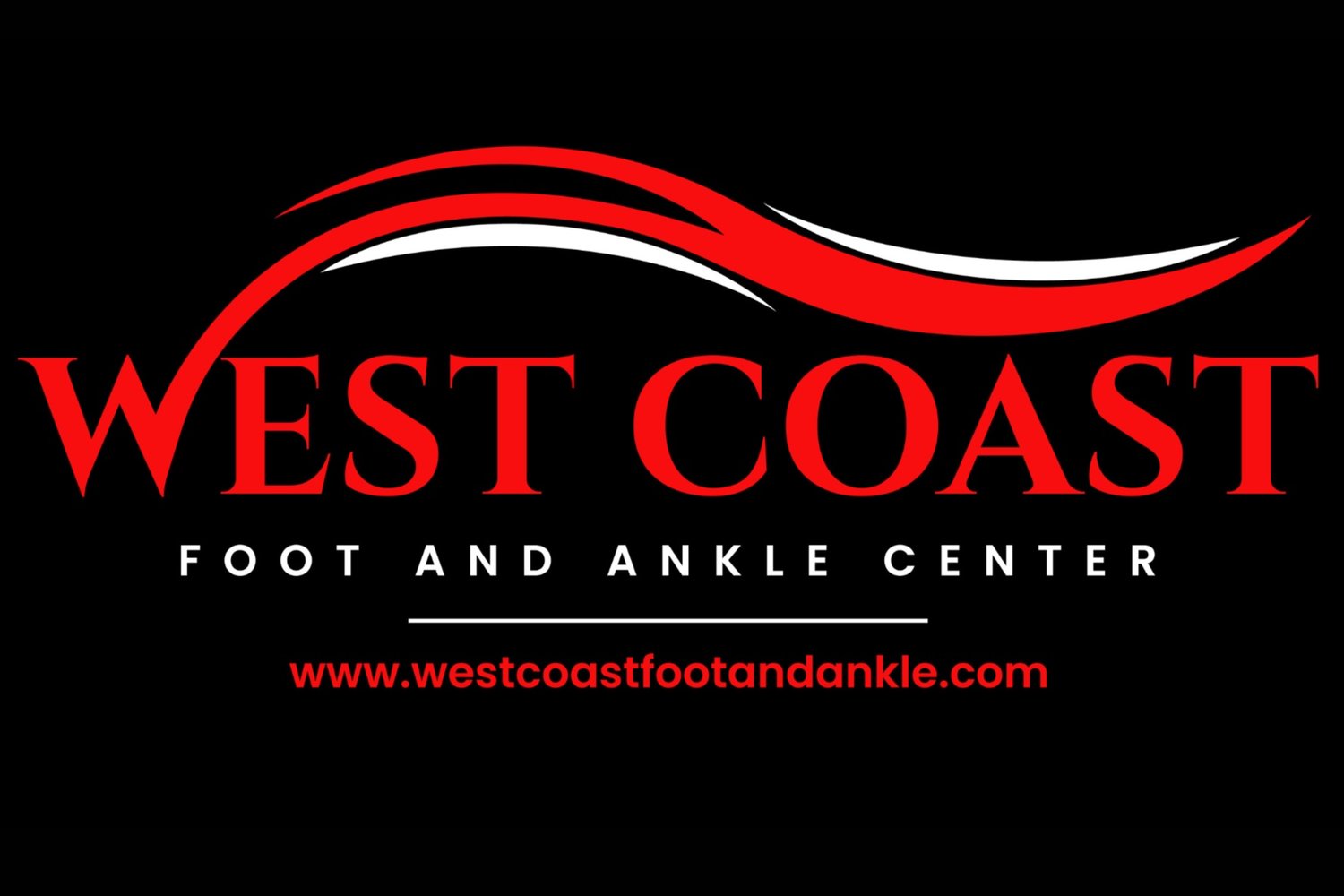Sports Related Injuries
Whether an athlete is a recreational, competitive, or elite runner, foot and ankle health is essential for optimal performance. Runners are susceptible to overuse injuries including heel pain (plantar fasciitis), Achilles tendonitis, sesamoiditis, neuromas, capsulitis of the second toe, stress fractures, posterior tibial tendonitis (or PTTD), and calcaneal apophysitis in children and adolescents.
Ankle sprains may occur while running, fielding balls, stepping on, or sliding into bases. Sprains should be evaluated by a foot and ankle surgeon to determine the extent of injury, including possible peroneal tendon injuries or fractures. The foot and ankle surgeon will develop a treatment plan: failure to fully treat and rehabilitate a sprain may lead to chronic ankle instability and recurrent sprains.
Overuse or excessive training may sideline some athletes with Achilles tendinopathy or heel pain (often plantar fasciitis, or calcaneal apophysitis in children and adolescents).
Contusions may occur from impact with the ball or contact with other players.
Cleats may pose challenges in the forefoot and aggravation of neuromas, sesamoids, bunions, and hammertoes. To stay at the top of your game, ensure that cleats are fitted properly and have injuries evaluated by a foot and ankle surgeon.
Although golf doesn't involve running or jumping, injuries do occur to the foot and ankle. Golfers should be aware of the following risks:
Heel pain (or plantar fasciitis) can be exacerbated by excessive walking on the golf course.
The golf swing can also place stress upon the feet and ankles. Common complaints are especially noted to the ball of the foot that pivots to help drive the golf club through the swing. The stress on the ball of the foot can cause capsulitis of the second toe, neuromas, and increased pain in the great toe joint (often hallux rigid).
Tennis involves a great deal of footwork. Foot and ankle injuries can occur from continuous side to side and quick stopping and starting motions are required in this sport. The playing surface also plays a role, as hard courts are less forgiving compared to clay courts.

